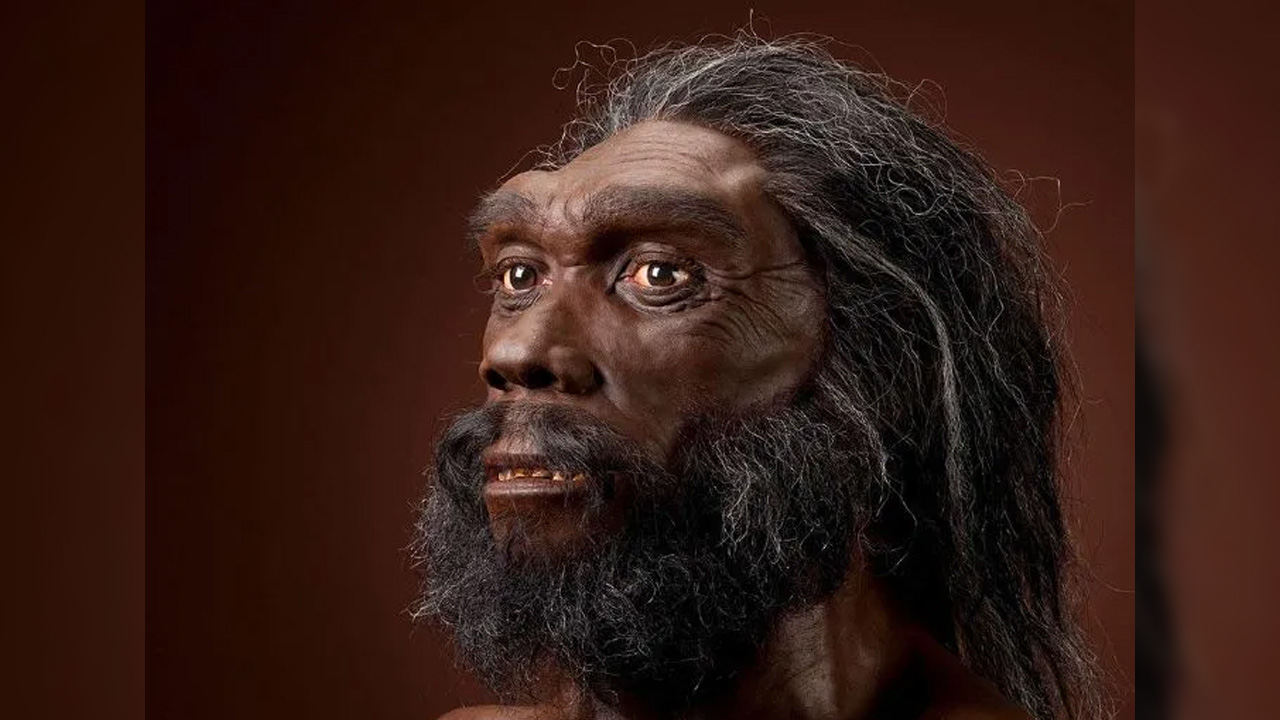There are currently billions of people scattered around the world, and these people have different skin colors depending on where they live and their genetic makeup. For example, people living in Europe with a colder climate while white skin We see that people in Africa, which has a warm climate where the sun’s rays hit more steeply, have blacker skin. This skin color also changes depending on where we live.
We know that where we live directly affects our skin color. So if we look at the human evolution process What was the skin color of early humans? When we delve deeper into the subject, we see that the skin color of humanity has been on a long and changing journey.
The pigment that is effective in changing people’s skin color: melanin

A pigment started to take advantage during the period when people lost their hair and went bald. melanin The increase or decrease of said pigment is known as the main factor determining skin color. The more melanin a person has in their skin, the darker their skin color will be. As this pigment decreases, you get a whiter complexion.
Originally, the first humans had white skin, but today’s white-skinned humans evolved from black skin.

You might say, how is this possible? At this point we will look at the evolutionary process of human skin color. According to scientists, hominids were 4 million years ago His complexion was dark, almost white. Because during this period people had a dense hair layer and the sun’s rays could be stopped by these hairs.
In the course of human evolution, skin color also evolved into shades of black.

Though the human species began with a white complexion, The living ancestors of all current humans are believed to have evolved from the color black.. That’s because humans are thought to have lost almost all of their hair within 1.2 to 1.7 million years. While the skin of earlier hominins was white, after hair disappeared in the evolutionary process, humans began to become vulnerable to UV rays from the sun.
People vulnerable to Africa’s steep sunbeams, Over time, he began to adapt to this situation. Through natural selection, dark-skinned individuals always had the advantage over generations, because darker skins offered stronger protection against the sun’s rays. This protection also protected them from deadly diseases such as skin cancer.
The migration of Homo sapiens revealed different color pigments.

Our ancestors date from about 150,000 years ago to the present day homo sapiens they started to migrate. People who emigrated to all areas from Africa to the Far East and Northern European countries began to adapt to the environment in which they found themselves.
This adaptation process involves people in regions that receive less sunlight, this time more than sunlight. They started getting lighter skin tones to get vitamin D. In this process, light-skinned people, who were more advantageous relative to geographic location, evolved accordingly. This actually allowed them to take on different skin colors through natural selection to suit the conditions of the region. For example, in our region, humans have evolved with a skin color closer to white, such as maroon. Because the place where we live is one of the places with less UV rays.
Does skin color have a different characteristic from the area we live in?

We know that there are countless forms of racism about skin color these days. judging someone by skin color As you can see from this content, it’s a completely wrong approach. What we call skin color, in its simplest form, consists of an evolutionary process related to the angle at which UV rays hit the place where your previous family members lived.
Sources: Live Science, Science, The Tech Interactive


















